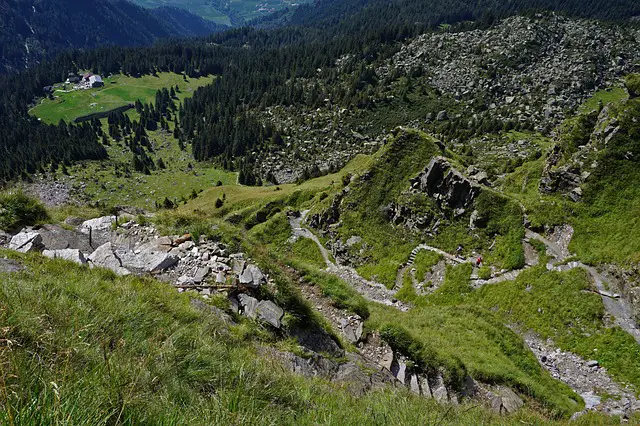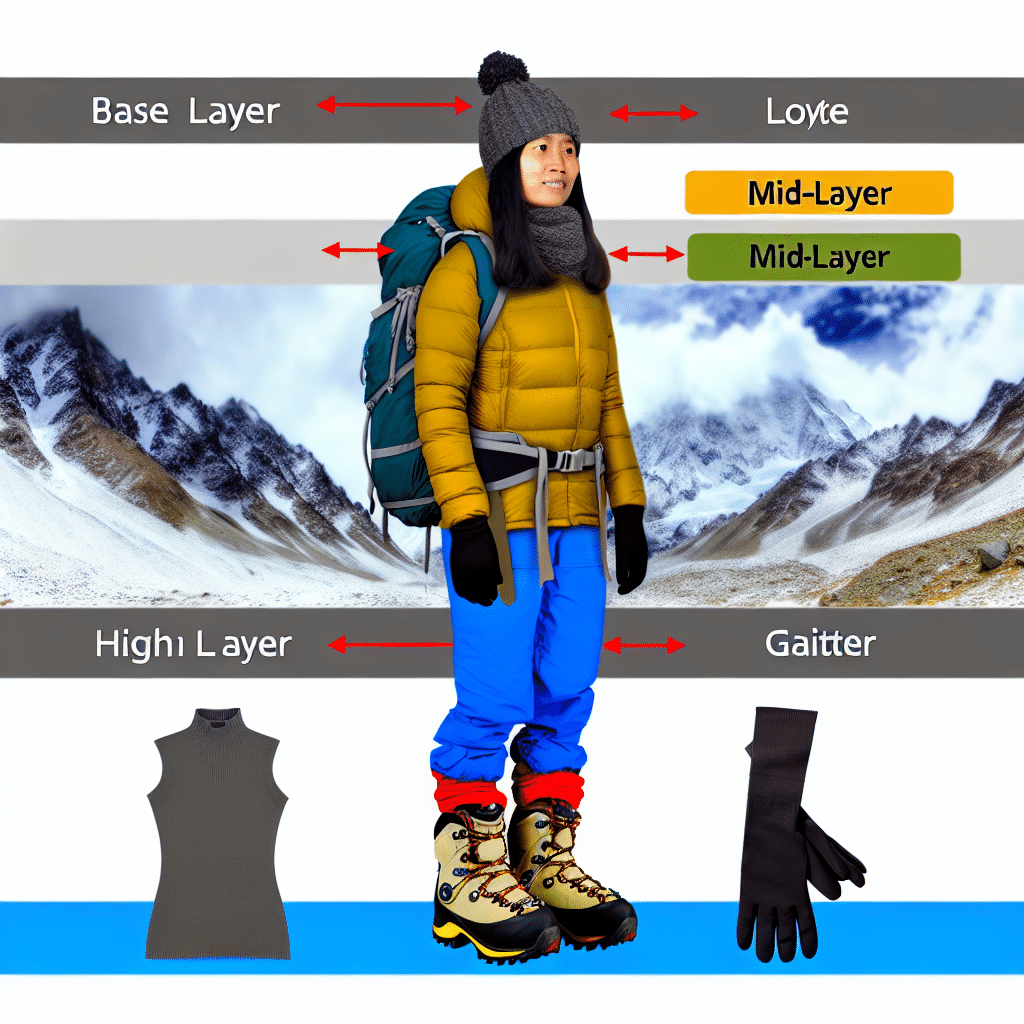Footwear plays a crucial role in any outdoor activity. But when it comes to trekking, the right pair of boots can spell the difference between a thrilling adventure and an uncomfortable ordeal. Trekking boots are not just about fashion; they’re about function, safety, and comfort over varied and challenging terrains. In this article, we delve deep into the world of trekking boots, exploring their features, importance, and tips for choosing the right pair.
Why Trekking Boots?
A common question among amateur trekking enthusiasts is, ‘why can’t I just wear my regular sports shoes?’. While standard shoes might be comfortable and lightweight, they lack the necessary features needed for hiking.
Support and Grip
Trekking boots provide better ankle support, crucial when navigating uneven terrains. They’re equipped with strong soles that offer superior grip, reducing the risk of slips and falls.
Weather and Terrain Resilience
Most trekking boots are waterproof, ideal for treks involving stream crossings or wet weather. The durable construction also makes them resilient to various terrains and conditions, from rocky landscapes to muddy trails.
Comfort for Long Distances
Trekking involves walking long distances, often carrying heavy backpacks. Trekking boots are designed to provide optimum comfort under these circumstances.
Choosing Your Trekking Boots
Picking out the perfect pair of trekking boots is not as simple as choosing the most stylish or expensive one. Several factors come into play, including the type of trek, personal comfort, and fit.
Types of Trekking Boots
There are different types of boots tailored for different kinds of trekking. These include light hiking shoes, which are ideal for day trips; backpacking boots, suitable for multi-day treks; and mountaineering boots designed for the most challenging terrains.
Fit and Comfort
The right size and fit are crucial. Boots too tight can cause discomfort and blisters, while those too loose can lead to instability. Try on boots with the socks you plan to wear during your treks to ensure a comfortable fit.
Durability and Quality
Pay attention to the quality of materials and construction. Durable boots might be more expensive but will withstand the rigors of trekking better and last longer.
Taking Care of Your Trekking Boots
Proper care and maintenance can significantly extend the lifespan of your trekking boots. Clean them after each trek to remove dirt and mud. If they’re waterproof, avoid drying them near direct heat, which can damage the waterproof membrane.
Final Thoughts
With the right pair of trekking boots, you can tackle any trail with confidence and ease. Remember, your trekking boots are an investment towards your safety and comfort. So take your time when choosing, and don’t shy away from asking questions or seeking advice. Happy trekking!




